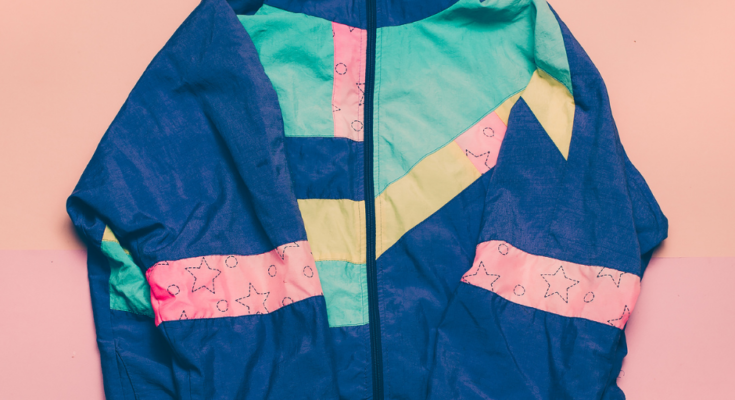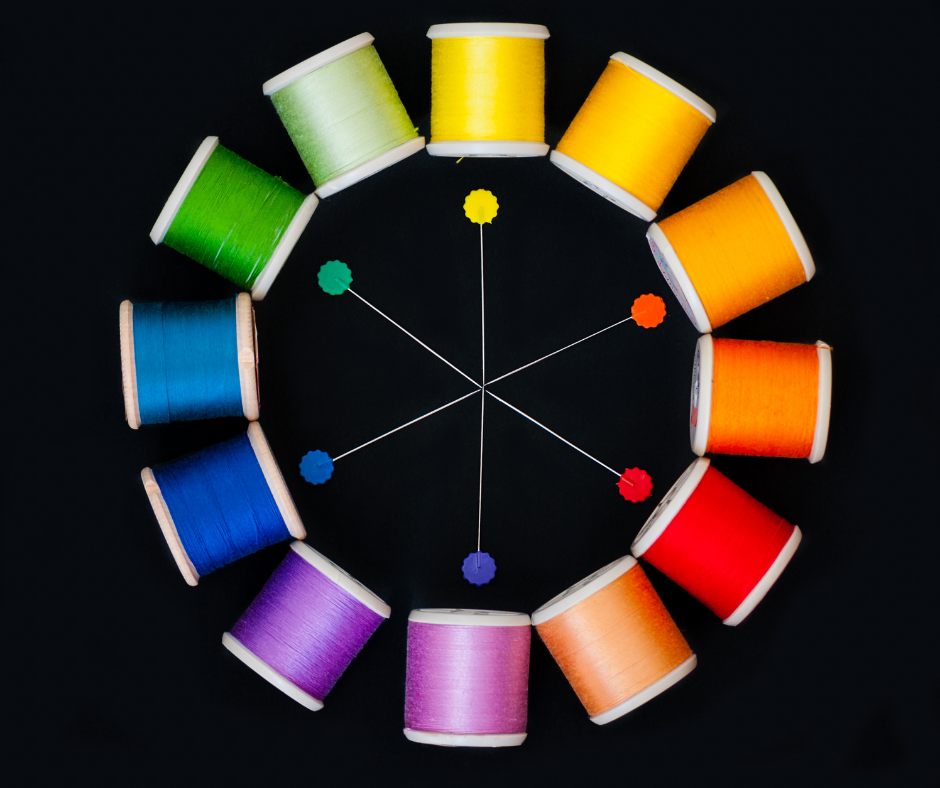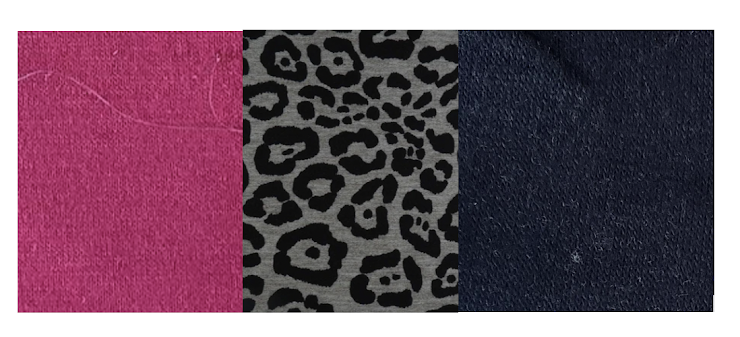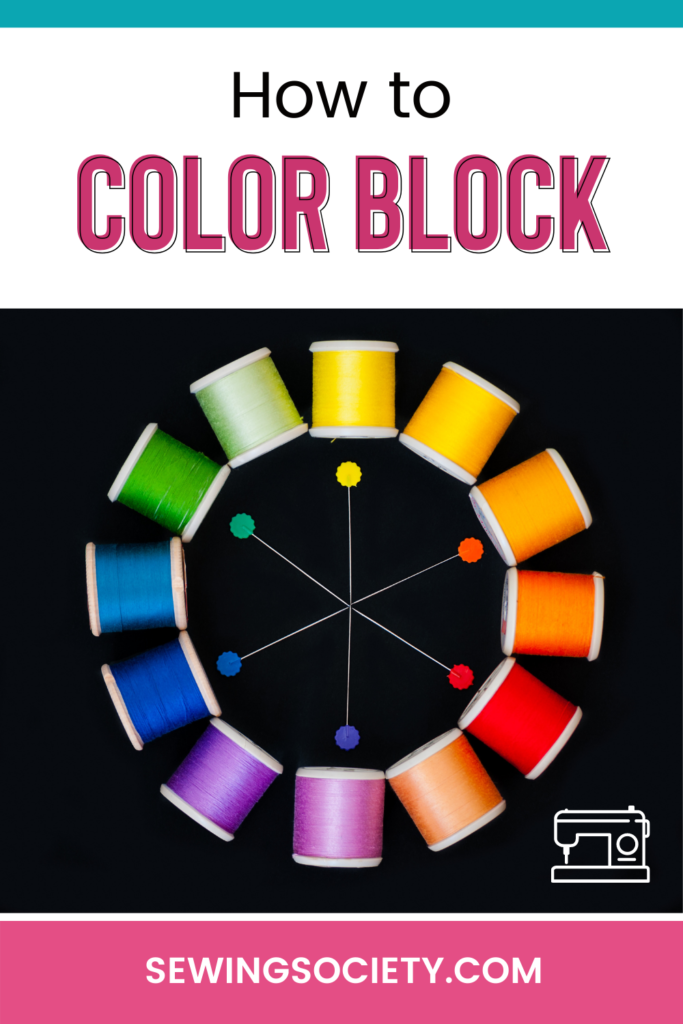Disclosure: This post may contain affiliate links. I earn a small commission when you click a link and make a purchase. Thanks for supporting SewingSociety.com!
Color blocking is when you break up a garment with contrasting colors of fabric in stripes or geometric designs. It adds a lot of visual interest and truly makes a garment unique.
If you’re looking for some good color block sewing patterns, here are some of my favorites:
- Adult Undercover Hoodie from Ellie & Mac
- Calypso Colorblocked Top and Hoodie from Sinclair Patterns
- Kid’s Domino Dolman Tee from Peek-A-Boo Pattern Shop
Choosing colors and prints that go together for color blocking can be a little intimidating… Here are some tips to help you.
1. Choose Colors That Pop
Go back to grade school with me for a minute and think about the color wheel…
When you’re choosing fabric for color blocking, complementary colors and analogous colors work best together. Of course, you can do whatever you want — that’s part of the fun of sewing.
Complementary Colors: Colors opposite each other on the color wheel. For example, blue and orange would create an awesome pop of color on a garment.
Analogous Colors: Colors next to each other on the color wheel. For example, blue and green or blue and purple. When color blocking, these choices are a little softer but still add visual interest.
If you’re having a difficult time coming up with the perfect color combination, it’s easy to pop black or white fabric into almost any color combination. You could even use these two colors together for high contrast and then add some bright-colored shoes or a bag to complete your color-blocked look.
We’ve been pinning some fun color-blocked sewing projects on Pinterest. Be sure to check out Sewing Society’s Pinterest Page, and give us a follow while you’re there! It’s the best place to look for color-blocked sewing inspiration.
2. Prewash Your Fabric (More than Once)
Unless your fabric is ‘dry-clean only,’ you should always wash it before sewing. This is especially important when you’re color blocking because it prevents the colors from ‘bleeding’ onto each other. Prewashing helps to remove any excess dye that is left behind from the manufacturing process.
If you’re using white fabric in your color-blocked design, or very high-contrast color combinations, we suggest that you prewash your fabric a few times before sewing. It’s also helpful to throw in a color-catcher sheet on the first few washes after your project is complete.
3. Thoughtfully Plan Out Your Design
Color blocking is one of those things where you can make up your own rules and do what looks best to you. However, if you don’t put careful thought into your design, your garment can end up looking weird.
Here are a few design suggestions:
- Use dark colors on side panels to create the illusion of a thinner silhouette.
- When mixing solids and prints, use the prints on your main pieces and reserve the solids for accents and trims, such as neckbands and sleeves.
- Put dark colors on the bottom to avoid looking top heavy.
- Limit yourself to 3 or 4 colors.
- Match your thread to each color block.
Color blocking is also a great solution when you want to sew something but don’t have enough fabric for your pattern. You don’t have to buy a pattern made specifically for color blocking, either. It’s fairly simple to make color-blocking modifications to any pattern — just remember to add a seam allowance wherever you slice your pattern.
One of the biggest reasons people like to sew their own clothes is the opportunity to make something unique and fun. If you haven’t tried color blocking yet, we hope you add it to your goals for the new year!
Share this post on Pinterest!








One Comment on “How to Color Block Fabric”